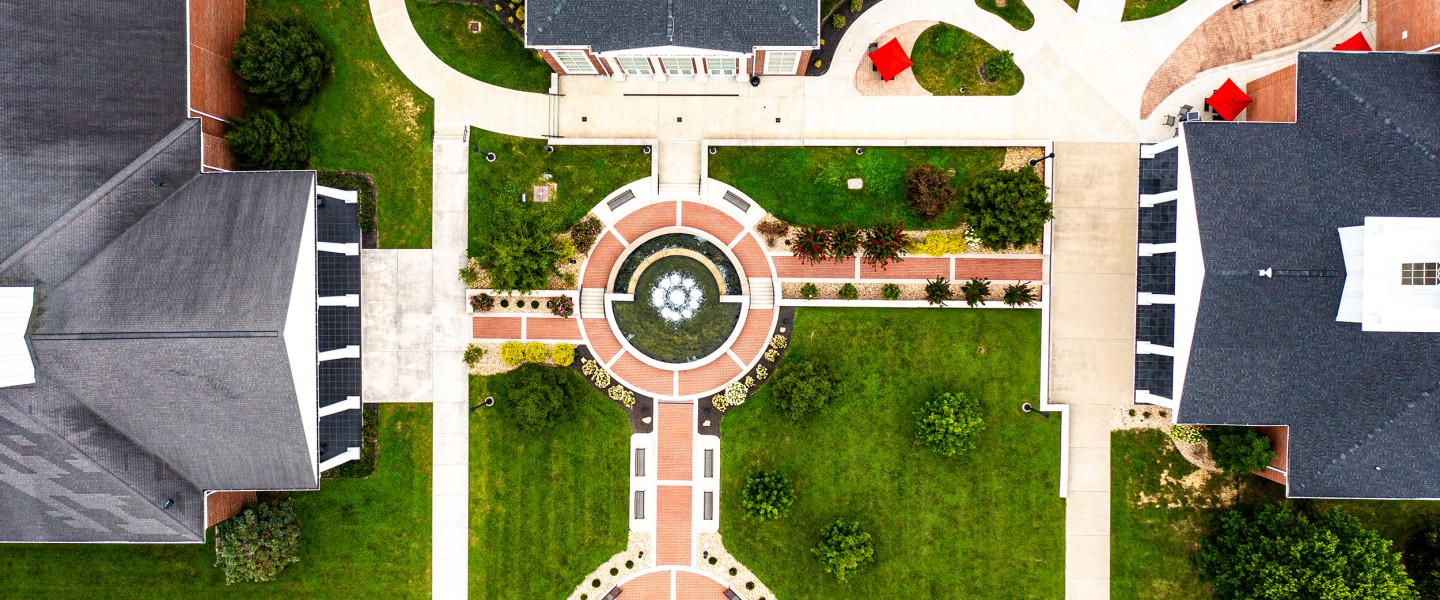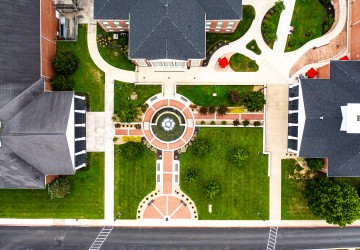Nasmin Jiwani and Ketan Gupta, doctoral students at University of the Cumberlands, have developed a new smart device for measuring heart rate and respiratory rate that has been officially approved for a patent.
The new “CardioRespi Monitor” can identify abnormal heart rates and respiratory patterns with high accuracy, monitor overall health and fitness levels, and detect potential health issues. Especially for individuals who struggle with heart or respiratory health, the device has the potential to be an invaluable asset for them and their doctors.
As Jiwani explained, “The device utilizes state-of-the-art electronic components to measure and record heart rate and respiratory rate in real time. By collecting data from the user's body through optical sensors or a chest strap, the device transmits this information to a smartphone or laptop for comprehensive analysis and monitoring.”
The patent for the CardioRespi Monitor was officially approved by the Government of India in summer 2023. An artistic rendering of the invention resembles a typical blood pressure cuff, but the smart device contains far more – and more complex – technology.
The monitor boasts several unique features, including an innovative sound wave sensor for real-time rate determination, AI-based natural language processing technology for seamless voice interaction, and IoT-based optical sensors for real-time data collection and transmission.
Jiwani added, “By harnessing the power of artificial intelligence and machine learning, the device can predict patterns and abnormalities in heart and respiratory rates, enabling the early identification of critical diseases.”
Nasmin Jiwani worked in tandem with Ketan Gupta, also a doctoral Cumberlands student, to develop the CardioRespi Monitor. Jiwani, a specialist in AI and IT, conducted an in-depth study to pinpoint the issue and establish goals for creating the smart device. She spent time creating a cutting-edge machine-learning system that analyzes real-time patient data and sends it to IoT-based technology for precise interpretation, and she conducted a risk analysis and segregated risk parameters. Meanwhile, Gupta, an expert in AI and machine learning, worked extensively on design, analysis, and advanced neural networks that can identify hidden patterns, examine image pixels, and classify them appropriately. He also worked on IoT functionality for data transmission to authorized devices. Additionally, Gupta added NLP capabilities to an algorithm using machine learning that analyzes sound waves to calculate heart and breathing rates and help doctors forecast the likelihood of a heart attack and respiratory failure in the coming years.
The idea sparked for Jiwani and Gupta right after the height of COVID-19. Research showed that during the COVID-19 pandemic, death rates increased substantially in cases of patients with preexisting cardiovascular diseases.
The UC doctoral students explained, “We came to the idea of developing a smart device that has the ability to predict the patients’ severity based on real-time data that gives enough time in advance for the physicians to assess and personalize the treatment to the patients.”
To understand the challenges and benefits of cardiovascular and respiratory cases, the students had in-depth conversations with the surgeons, general physicians, and other medical staff about the targeted functionality and what they could incorporate into their invention in order to maximize survival rate and determine the likelihood of diseases’ occurrence in the future. The critical parameters the inventors chose were heart and respiratory rates because they provide electrical signals that can be used to estimate overall health and fitness. By analyzing the data presented through the signals, physicians are able to see early signs of potential cardiac arrest and treat patients earlier, potentially preventing serious cardiac events from occurring in the first place.
The invention process wasn’t always smooth sailing. For instance, it took the inventors eight months to streamline one of the data-assessment processes within the device, in order to produce highly accurate results and reduce false alerts.
They stated, “To overcome this situation, we incorporated deep learning models and integrated them with susceptible optical sensors that provided us with high accuracy of input data. The optical sensors provided the most accurate data based on the current medical data, electrical signals, and wave patterns. Deep learning models helped us to predict the data accurately and forecast the onset of symptomatic conditions in the near future.”
Ketan Gupta said that his experience at University of the Cumberlands during his master’s degree in IT studies helped give him the necessary experience in the design and analysis components of the new CardioRespi Monitor.
Gupta said, “Our experience was enriching, as it assisted us in building a strong foundation in implementing innovative features to our invention.” He added that the knowledge he and Jiwani have gained through their current UC coursework has “enlightened us to incorporate valuable concepts, analysis, determine constraints, risk analysis, and many more attributes to our invention.”
The inventors aren’t finished yet. Their desire to use and create more technology in order to improve the world of medicine has not stopped at the CardioRespi Monitor. They are currently exploring more research, with the aim to utilize artificial intelligence and advanced deep learning algorithms, including CardioSense Technology, to achieve sensitivity and accuracy of disease prediction by more than 99 percent. It may seem a lofty goal, but, especially in terms of medicine, you can never be too accurate. The more the students learn, the more it could benefit future doctors and patients. If Jiwani and Gupta have already developed patented medical technology before they’ve finished their doctoral studies, there is no telling the heights of what they may achieve in the future.

